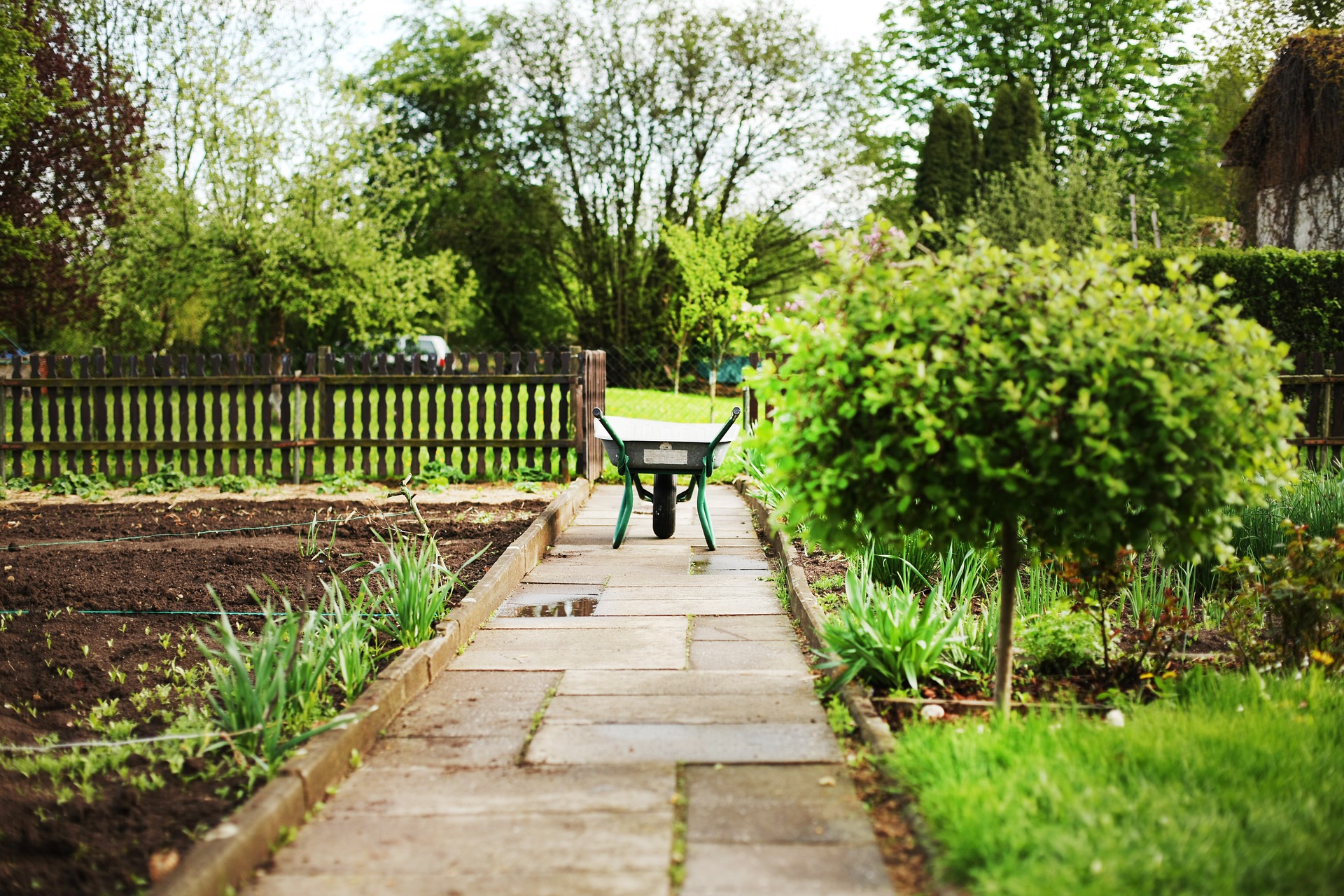Low-maintenance planting schemes for urban yards
Designing an urban yard that stays attractive with minimal effort means choosing plants, soils, and systems that work with your local climate and time constraints. Low-maintenance planting focuses on water-wise design, correct soil preparation, smart irrigation, and plant selection that reduces pruning and upkeep while supporting biodiversity and pollinators.

Designing a low-maintenance urban yard begins with clear priorities: reduce water use, limit routine tasks such as frequent pruning or fertilizing, and select plants adapted to your local conditions. A good plan balances hardscape and planting areas, concentrates higher-maintenance elements in small, manageable zones, and uses soil improvement, mulch, and irrigation strategies to reduce effort. Thoughtful plant combinations, including native and drought-tolerant species, can create resilient, attractive plantings that require only seasonal attention.
How does xeriscaping reduce maintenance?
Xeriscaping is a design approach focused on conserving water and minimizing inputs. It uses drought-tolerant plants, grouped by water needs, and emphasizes soil improvement, mulch layers, and efficient irrigation. By matching plants to local rainfall and microclimates, xeriscaping reduces the need for scheduled watering, frequent fertilization, and pest interventions. The result is a landscape that stays healthy with seasonal checks instead of weekly chores, making it ideal for hot, dry, or water-restricted urban areas.
How to use compost and mulch effectively?
Compost and mulch are foundational to low-maintenance planting. Compost improves soil structure, nutrient availability, and moisture retention when mixed into beds or containers at planting time. Mulch applied as a 5–8 cm (2–3 in) layer suppresses weeds, moderates soil temperature, and reduces evaporation. Organic mulches slowly feed the soil as they break down; refresh mulch annually and leave a small gap around stems to prevent rot. These practices cut down on watering and weeding, and they reduce the need for frequent soil amendments.
What irrigation methods suit urban yards?
Efficient irrigation saves time and water. Drip irrigation and soaker hoses deliver moisture directly to root zones, reducing runoff and evaporation compared with overhead sprinklers. Smart controllers and soil moisture sensors automate schedules based on weather and soil wetness, avoiding overwatering. For container plantings, self-watering pots or reservoir systems reduce daily monitoring. Collecting rainwater in barrels and using it for targeted irrigation helps conserve municipal water and supports a low-maintenance routine.
How can containers and soil choices improve care?
Containers concentrate plantings into manageable units and are excellent for patios, balconies, and small yards. Use high-quality potting mixes that include compost and water-retentive components, and choose containers with drainage. Group pots by water needs to simplify irrigation. For in-ground beds, focus on improving native soil with organic matter to enhance structure and drainage; amend based on simple soil tests rather than routine heavy fertilization. Well-prepared soil reduces transplant shock and long-term maintenance.
How to support pollinators with low-maintenance planting?
Pollinator-friendly design can be low-effort when you choose the right plants. Select a variety of native perennials, shrubs, and long-blooming plants to provide continuous nectar and habitat. Replace high-maintenance annual beds with clumps of resilient perennials and flowering shrubs that require minimal pruning. Leave short patches of leaf litter or stems in sheltered spots through winter to provide overwintering habitat for beneficial insects. Planting for pollinators often aligns with drought-tolerant and low-input strategies, reducing ongoing yard labor.
Where to find local landscaping and horticulture resources?
Local expertise and well-regarded organizations can help tailor low-maintenance schemes to your climate and regulations. Extension services, gardening societies, and reputable suppliers offer region-specific plant lists, soil advice, and installation guidance. Below are several recognized providers and organizations that offer resources, plants, or materials useful for urban low-maintenance landscapes.
| Provider Name | Services Offered | Key Features/Benefits |
|---|---|---|
| Royal Horticultural Society (RHS) | Plant databases, regional growing advice, educational resources | Evidence-based guidance, plant selectors, gardening best practices (UK-focused) |
| USDA Natural Resources Conservation Service (NRCS) | Conservation planning, waterwise landscaping resources | Technical guides on soil, irrigation, and conservation practices (US) |
| Local Cooperative Extension Service | Soil testing, plant diagnostics, regional recommendations | Free/low-cost regionally specific assistance and workshops (varies by country) |
| Gardeners Supply Company | Tools, containers, irrigation supplies | Practical products and how-to content for container and small-space gardening (retailer) |
| Rain Bird | Irrigation products and design tools | Drip irrigation components and smart watering solutions for efficient systems |
Prices, rates, or cost estimates mentioned in this article are based on the latest available information but may change over time. Independent research is advised before making financial decisions.
A low-maintenance urban yard is achievable by prioritizing plant choices appropriate to your climate, improving soil, using mulch and compost, and installing efficient irrigation. Containers and carefully selected perennials can concentrate beauty where you live while reducing routine tasks. Combining these strategies with regional advice ensures a yard that is both manageable and supportive of local biodiversity, requiring seasonal attention rather than constant upkeep.





